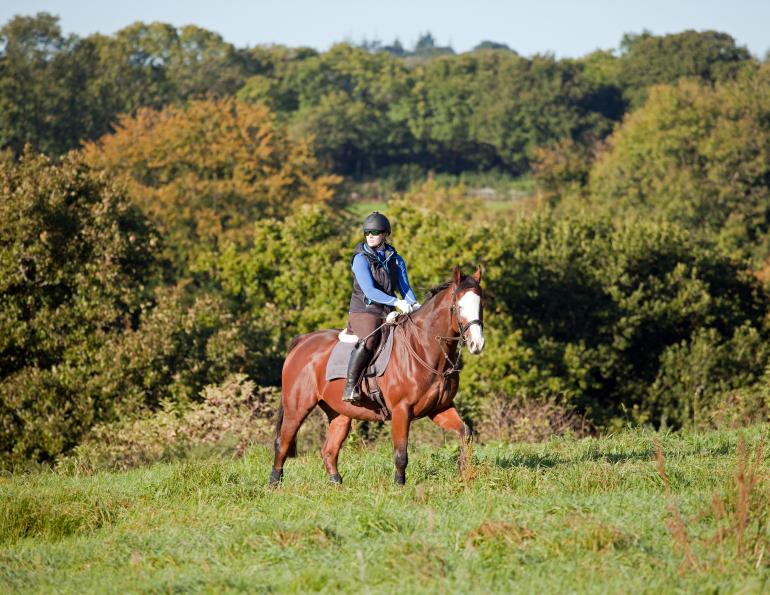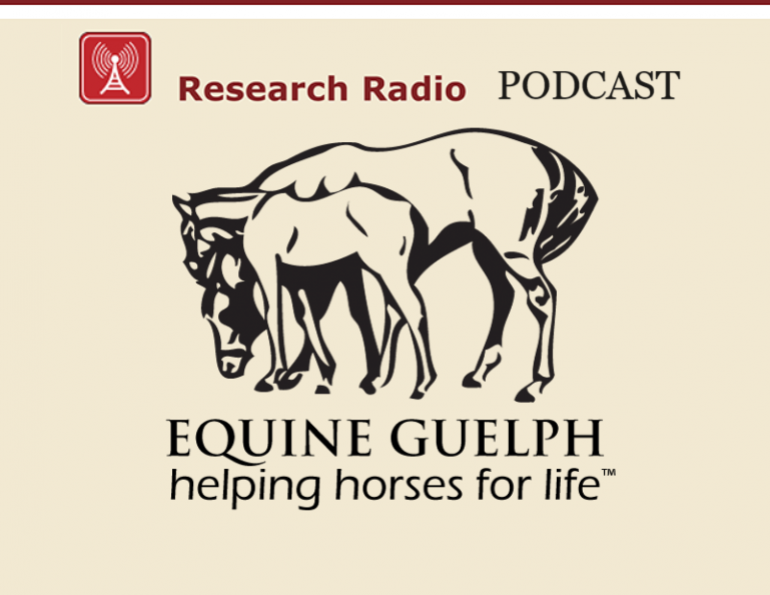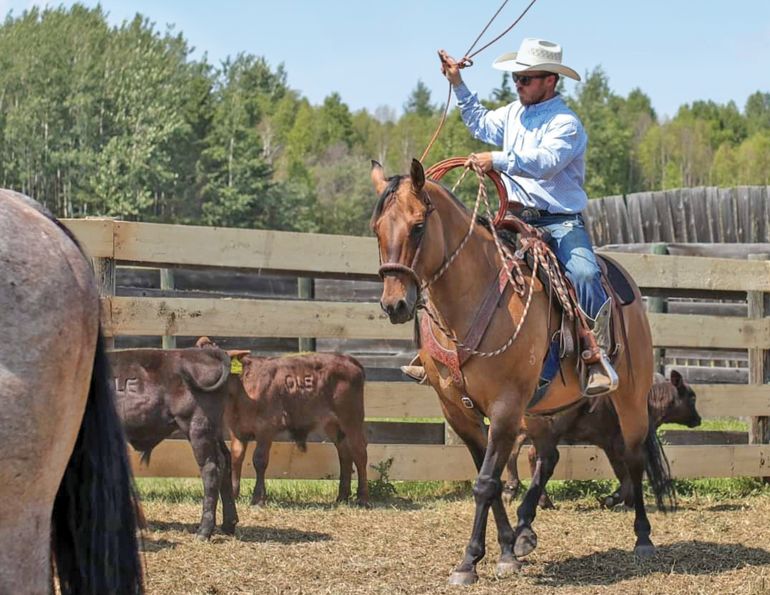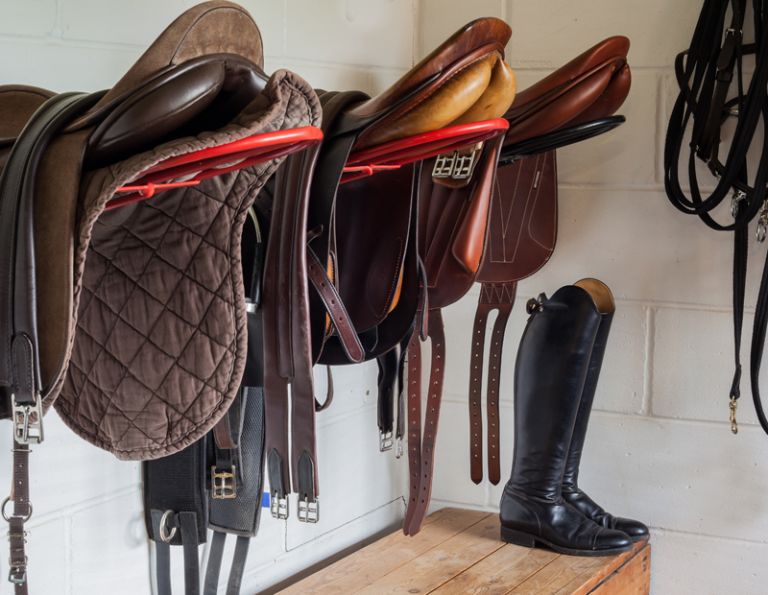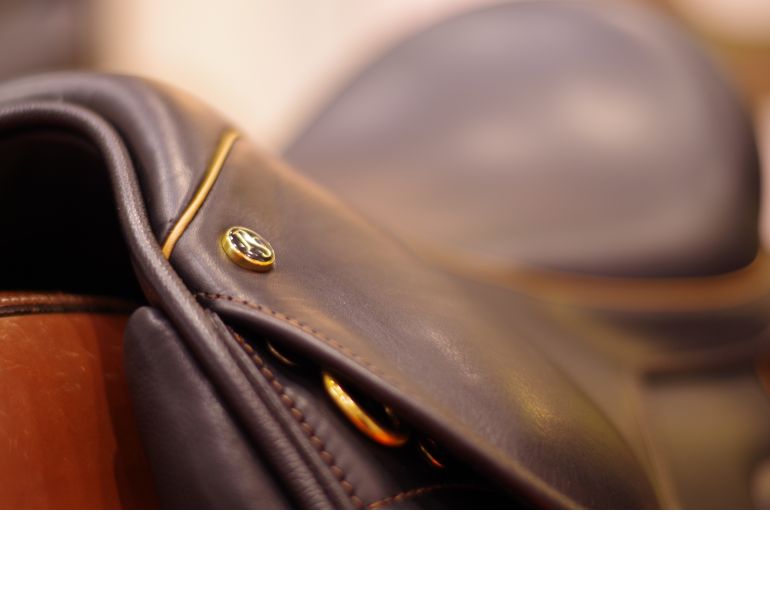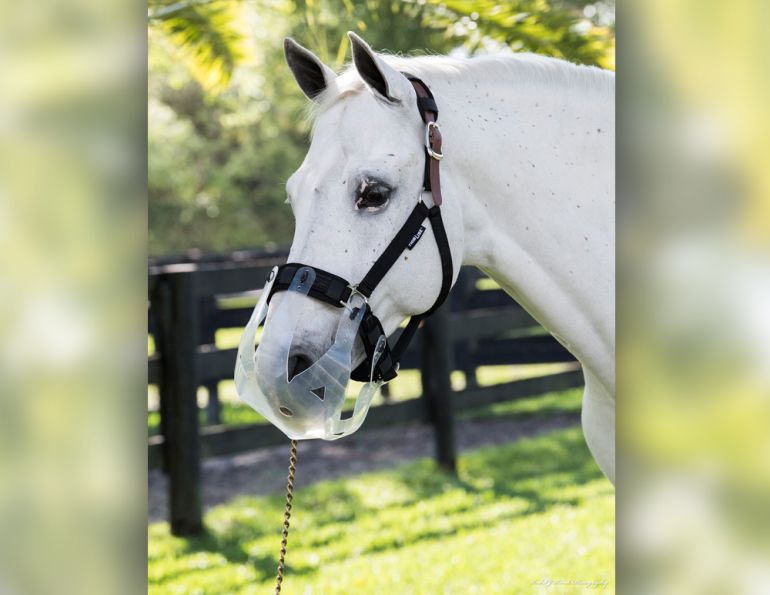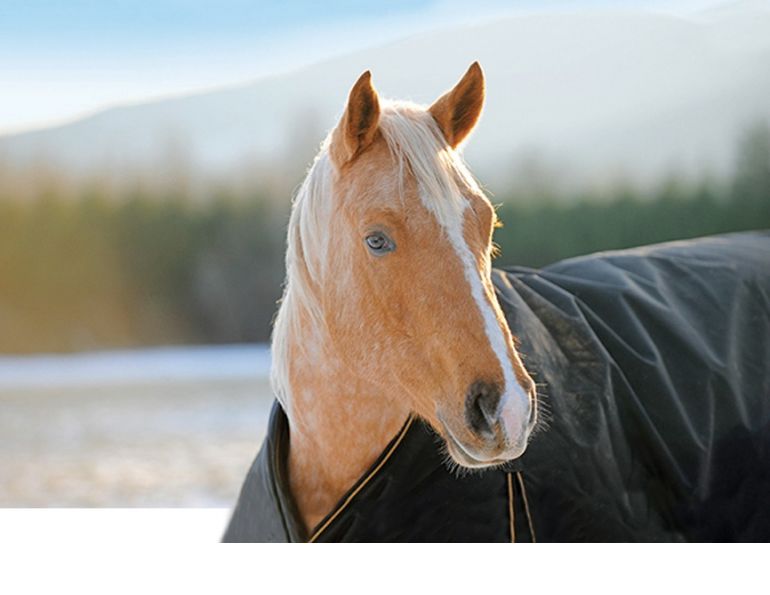By Anna Carner Blangiforti, Founder & President, Leather Therapy Products
A generous neighbour totes a box load of old tack to your barn. She found it while emptying out her father’s attic. It’s a mite stiff, she admits, but there are some sturdy old cavalry halters and a full set of harness. Could your youth group use the items, she wonders?
You’ve taken your bridle apart for a thorough cleaning and notice that the leather seems squashed and the edges are a little cracked where the rein ends wrap around the bit rings. Is it time for a new pair of reins or are these good for a while longer?
Quality leather represents a substantial investment. Faced with a boxful of neglected gift tack or aging inventory already in the barn, there is a natural temptation to put budget considerations first and salvage anything that looks remotely useful. But while this may be the thrifty alternative, it may not always be the safe one. Quality leather cleaners and conditioners can restore the suppleness and good looks of almost hopeless cases. But will the leather item still be useful? Draw the line between equipment and artifact by asking yourself the following questions:
HOW DO YOU PLAN TO USE THE ITEM?
Restoring a great aunt’s leather armchair, an antique bookbinding, or dad’s motorcycle jacket does not carry the same risk as restoring grandpa’s aged harness. Are you dealing with an old halter or leather lead that could break without necessarily resulting in disaster? Or is this a bridle or billet or girth that must be strong and sound to be safe? Ask yourself honestly if you would trust your life to this piece of leather.
WAS THE LEATHER’S STRENGTH GONE BEFORE YOU STARTED?
Mildew and mold may smell badly and stain leather but they do indicate there is some lubrication left within its fibre matrix. Clean the leather up and as long as the mold and mildew have not deteriorated the stitching, the tack probably still has some useful life.
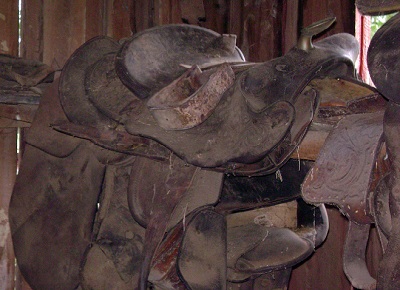
Mildew and mold may smell badly and stain leather, but they do indicate there is some lubrication remaining within its fibre matrix. Clean the leather up and as long as the mold and mildew have not deteriorated the stitching, the tack probably still has some useful life.
When leather becomes completely dried out and stiff, however, its internal matrix becomes brittle. If it is bent, the internal fibers break easily and the surface cracks or splits. Though conditioners can lubricate the leather and restore its suppleness, they cannot replace broken internal bonds and rebuild its strength.
Because of the tanning methods used at that time, leather made at the end of the 1800’s and the beginning of the 1900’s is subject to red rot. In this worst-case scenario, atmosphere acids turn the leather’s internal matrix into a reddish powder. Superficially, the leather may look OK but it can actually be torn in two like a piece of cardboard.
After cleaning and conditioning any old leather that you would like to reuse, put it to the test. Bend and pull it forcibly in every direction. Try to tear the leather. Try to tear the stitching. Really stress it. You can be sure your horse will do far worse than anything you can do with your bare hands. If the leather shows any tendency to stretch, crack, open up with multiple tiny fissures, or crumbles where it meets metal fasteners, you have an artifact. Use and enjoy it decoratively, but not as equipment for your horse.
HOW HAS IT BEEN CARED FOR?
Leather has a lot of enemies. Strong sunlight or high heat in a trunk or attic can dry it out. Humid climates or dampness in a basement or garage can encourage mold and mildew to attack stitching and fibres. Metal corrosion can weaken the leather where it wraps around buckles or rivets. Over time, alkaline cleaning products like saddle soap break down the chemical bonds created during the tanning process. Sticky conditioners can attract dirt and hold bacteria.
Carefully examine used tack for sings of weak stitching or deterioration around metal fasteners, especially old iron, steel, or plated ones. Leather that has stretched or squashed in use is weakened. Don’t assume supple means strong. Check the undersides of saddles and places where the leather warps around buckles or bits for signs that the leather was once completely dried out.
HOW GOOD WAS THE LEATHER TO START WITH?
Leather can only ever be as good as the hide it was made from. A scarred or insect-damaged hide from an undernourished animal will not make good leather. Tannage also affects leather life. Chrome or mineral tannages are most durable, followed by vegetable tanned leathers. Expect faster deterioration if the leather was tanned using lower cost chemical processes or in animal manures (that’s right—some cheaper leathers come from hides cured in urine or manure). No amount of cleaning or conditioning can make a poor quality piece of leather tack into a better one.
NO NAGGING DOUBTS
Over the long run, tack made of quality leather using good workmanship will not only be your safest choice but also the most economical purchase. Buy the best you can afford and then take care of it right to protect your investment. Store it properly. Clean it regularly with a neutral pH product. Condition it periodically with a penetrating lubricant formulated like the fat liquors used in the original tanning process. The satisfaction of using a good piece of equipment and the peace of mind knowing it is sound will far outweigh any short term savings on lower quality or neglected leather goods.
Anna Carner Blangiforti is the President and Founder of Leather Therapy. Leather Therapy uses proprietary and patented formulas to create a complete range of leather care products that have consistently outperformed competition in independent comparison tests. To learn more about Leather Therapy, visit www.leathertherapy.com.



